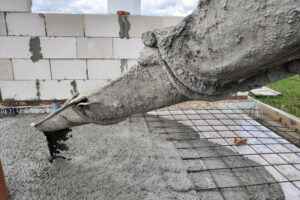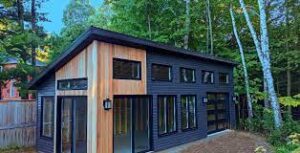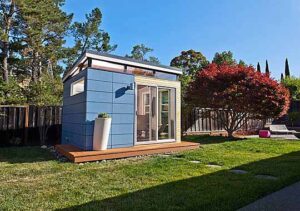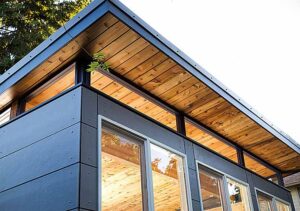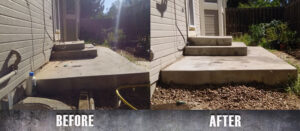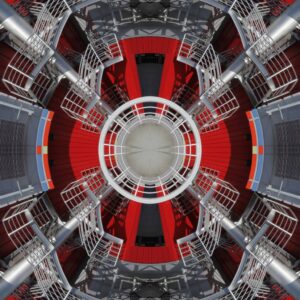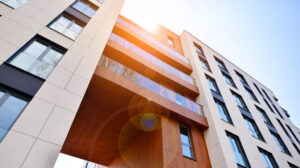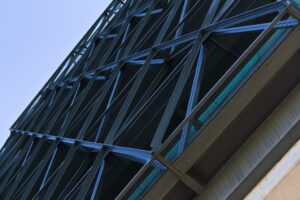Your basement, often an underutilized space, holds incredible potential to become a functional and inviting part of your home. Basement finishing offers an opportunity to expand your living area, add value to your property, and create a versatile space that suits your unique needs.
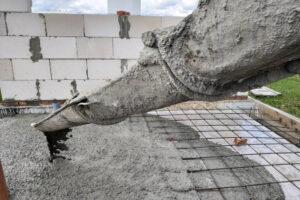
In this comprehensive guide, we will explore the process of basement finishing in Provo, including planning, design considerations, construction aspects, and the numerous benefits of transforming your basement into a dream space.
Planning Your Basement Finishing Project:
- Assess Your Needs: Determine how you envision using the finished basement. Will it be a family entertainment area, a home office, a guest suite, or a combination of various functions? Understanding your needs will help guide the design and layout decisions.
- Set a Budget: Establish a realistic budget for your basement finishing project. Consider factors such as materials, labor costs, permits, and any additional features you wish to include. Consulting with a professional contractor can provide insights into cost estimates and help you prioritize your requirements.
- Research Building Codes and Permits: Familiarize yourself with local building codes and permit requirements in Provo. These regulations ensure compliance with safety standards and ensure that your project meets all necessary guidelines. It is essential to obtain the required permits before starting any construction work.
Design Considerations for Your Basement:
- Layout and Functionality: Create a well-thought-out floor plan that maximizes the available space and suits your intended use. Consider factors such as room divisions, traffic flow, natural light sources, and the placement of utilities.
- Lighting: Basements typically have limited natural light, so incorporate a well-designed lighting scheme to brighten up the space. A combination of ambient, task, and accent lighting can create a warm and inviting atmosphere.
- Flooring: Choose durable and moisture-resistant flooring options suitable for basements, such as engineered wood, vinyl, or tile. Consider the functionality, comfort, and aesthetic appeal when selecting the flooring material.
- Heating, Ventilation, and Insulation: Ensure proper insulation and ventilation to maintain a comfortable and energy-efficient basement. Evaluate the existing HVAC system and consult professionals if modifications or additions are necessary.
Construction Aspects of Basement Finishing:
- Waterproofing: Address any existing or potential moisture issues before starting the finishing process. Install proper drainage systems, seal cracks, and apply waterproofing coatings to prevent water infiltration.
- Framing and Walls: Frame the basement walls to create separate rooms or sections as per your design plan. Consider using moisture-resistant materials such as pressure-treated lumber or metal studs to prevent mold growth.
- Electrical and Plumbing: Collaborate with licensed professionals to handle electrical and plumbing requirements. Ensure adequate outlets, lighting fixtures, and properly installed plumbing for any bathroom or wet bar additions.
- Insulation and Soundproofing: Insulate basement walls and ceilings to improve energy efficiency and minimize sound transfer between floors. Soundproofing measures can enhance privacy and reduce noise disturbances.

The Benefits of Basement Finishing:
- Increased Living Space: Transforming your basement into usable square footage expands your living area, providing additional rooms for entertainment, relaxation, work, or storage.
- Home Value Enhancement: A finished basement adds value to your property and increases its marketability. Prospective buyers appreciate the extra living space and the versatility it offers.
- Customization and Personalization: Basement finishing allows you to tailor the space to your specific needs and preferences. You have the freedom to create a design that reflects your style and accommodates your lifestyle.
Learn more at Wiki as well.
